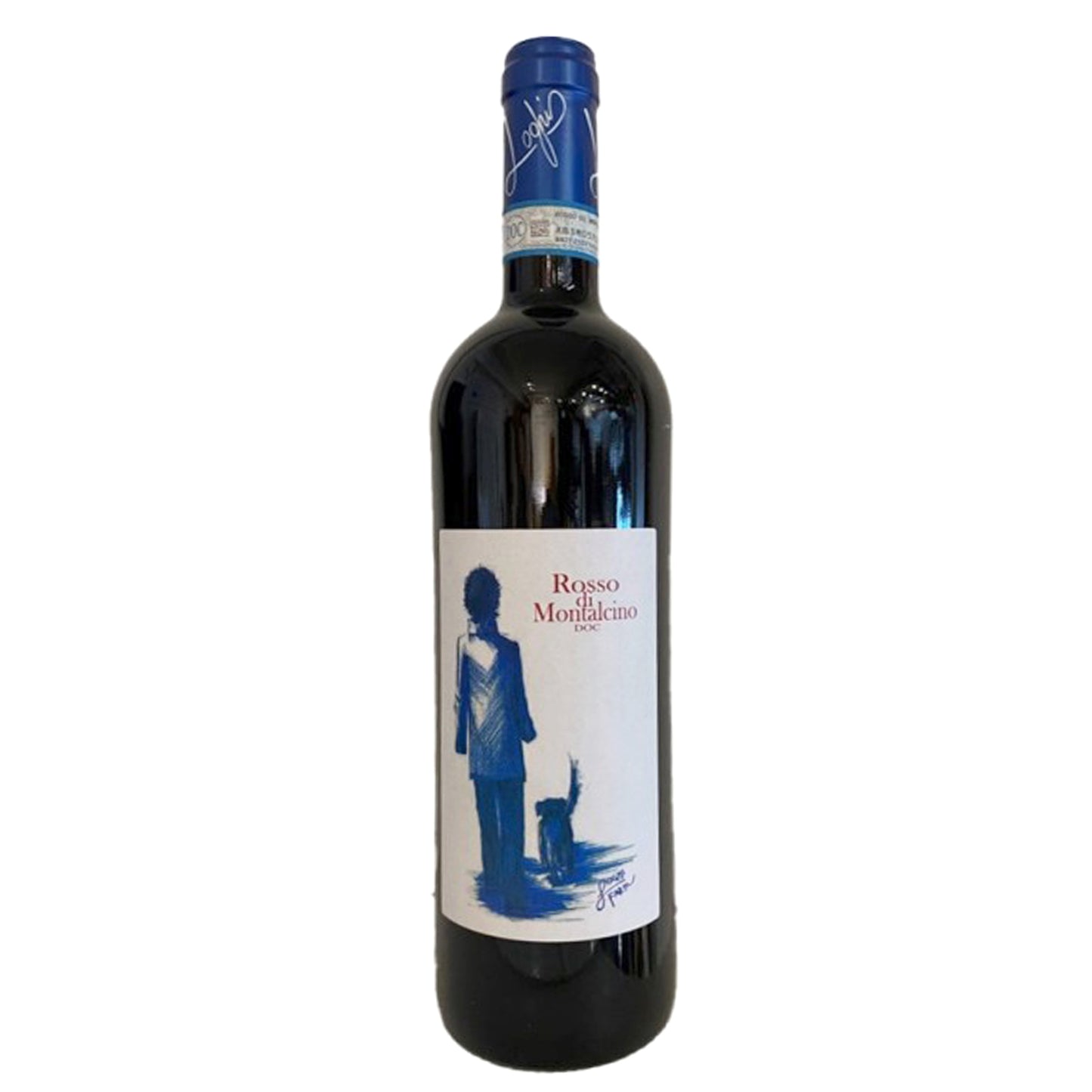Loghi Rosso di Montalcino 2020 (750ml)
Loghi Rosso di Montalcino 2020 (750ml)
Couldn't load pickup availability
The 2020 Rosso di Montalcino is selected from the same 2 hectares of Sangiovese grapes that the Brunello comes from, although the grapes are selected for the Rosso for the softer fruit, and the brighter and fresher side of things. After the hand harvest, the grapes are brought to the cellar for a natural fermentation in stainless steel and a slow process to get as much aromatic and phenolic character from the grape skins as possible. After aging for 8 months in very large Slavonian oak botti, the wine rests in bottle for many months before release. This wine is the definition of ‘Baby Brunello.’ The serious and more structured grapes were clearly avoided here, letting only the grace and finesse of the fruti fill the delicate wine inside. It alludes to seriousness, it hints at big structure, but the wine remains alive and absolutely stocked with a vibrant personality. Soft and perfectly ripe cherries, cherry cordial, forested truffled earthiness, and cocoa fill the nose as well as the mouth, and then is a long roller coast of a finish with intermingled acidity and delicious tannins.
Azienda Loghi is a small family farm located in the province of Siena, Tuscany, situated within the up-and-coming Orcia Valley D.O.C., as well as an area called Crete Senesi, which is famous for their white truffles. The farm is a remote 54 hectares of land where much of it is covered in natural forests, and 17 hectares are dedicated to what many connoisseurs prefer to, or at least say greatly rivals, the much more popular truffles of Alba. Here, Valentino Berni, who has had 2 other generations to learn from, collects these earthly gems, yet also has an exceptional passion and knack for making beautiful wines and olive oil from their 12 hectares of vineyards and 4 hectares of olive trees. 2 of those hectares of Sangiovese grow in Montalcino only 20km south of the farm, allowing Valentino to make the 2 famous wines of Montalcino (Brunello & Rosso). As to preserve the land for the health of all ‘crops’ that he harvests, Valentino’s farming practices on his sandy clay soils are strictly pristine and completely natural. The methods in the cellar follow this minimal approach from the fields, as Valentino allows natural fermentations for his reds, ages in used barrique and large Slavonic oak as to not impart too much foreign flavor to the wines, and keeps sulfite use to an absolute minimum in order to showcase the grapes. The wines are fresh and approachable, with great structure and class, showing off the local Sangiovese fruit, as well as other varietals.


